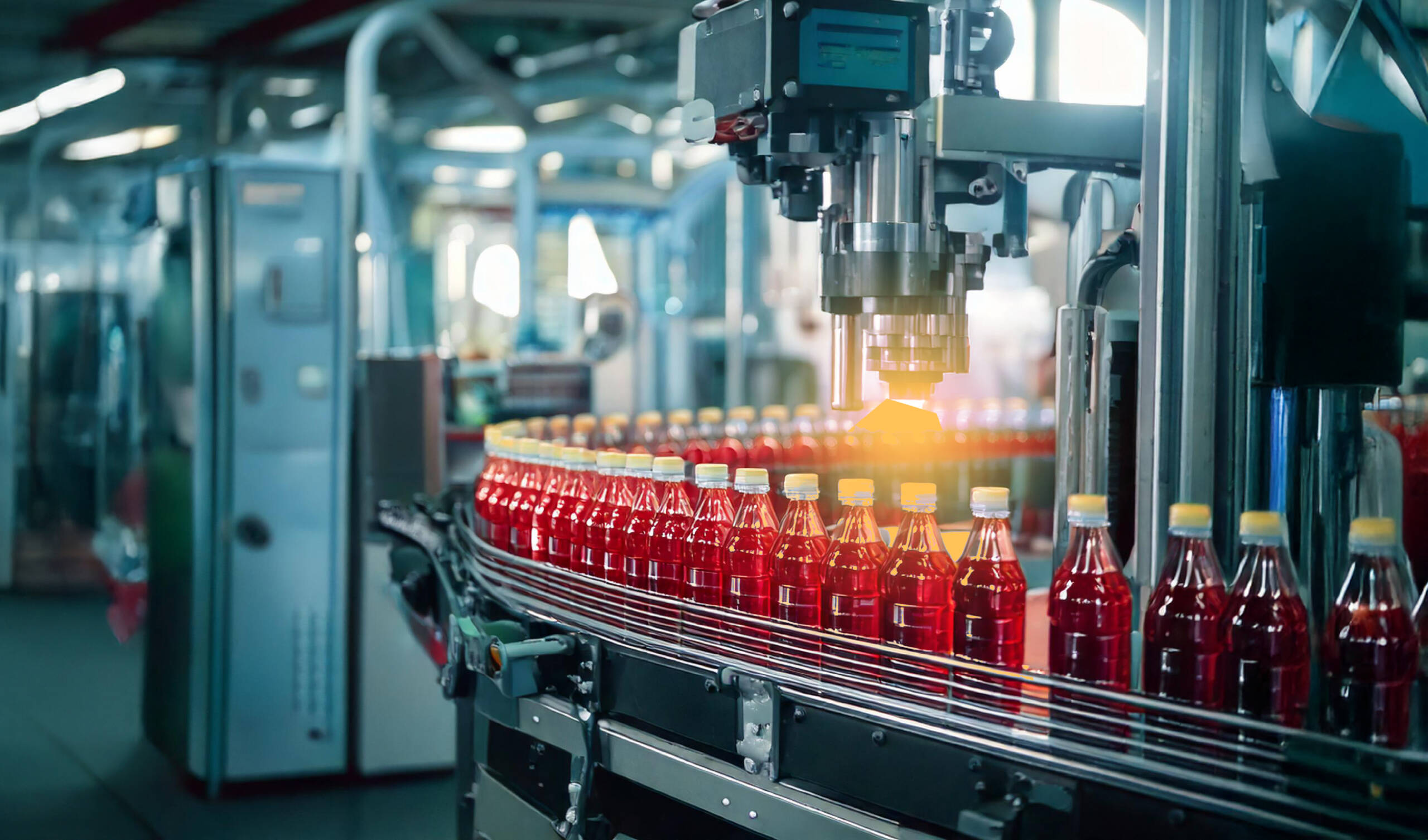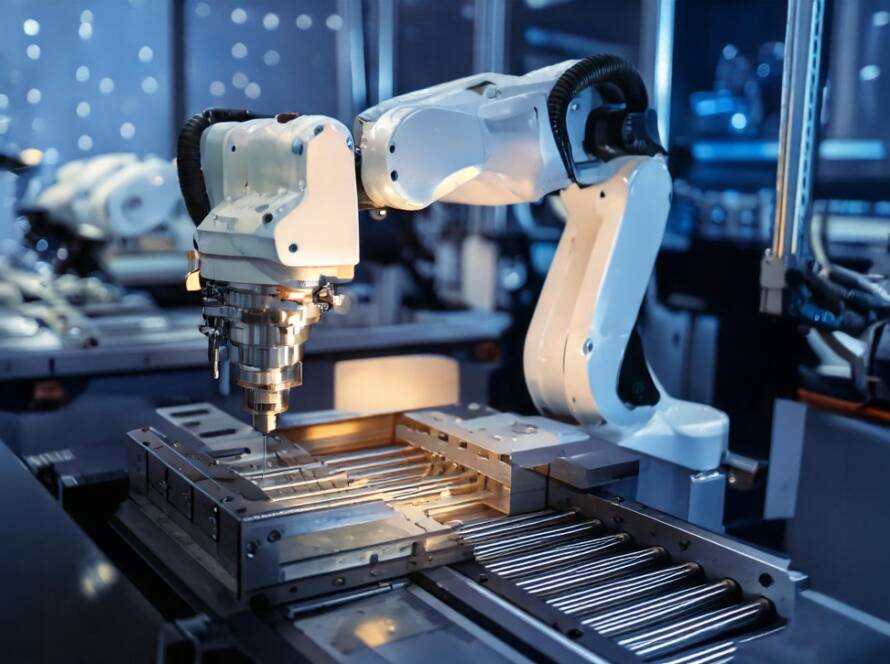For manufacturers, downtime is not just annoying, it is a significant cost. From a production line grinding to a standstill to a critical machine running into an unpredicted failure, the repercussions can be overwhelming. According to industry analysis, unplanned downtime is costing enterprises an estimated 260,000 per hour on average.
Risk is heightened in sectors such as tiremaking, food and beverage production, and large-scale industrial facilities where production continuity is paramount. In such a complex environment, conventional maintenance approaches do not always succeed, putting companies at risk of failure due to delays and loss.
But what if there was a way to predict and prevent downtime before it happens? This is exactly what AI-powered predictive maintenance provides – a novel, data-driven solution to transform industrial productivity.
The Problem: Challenges with Traditional Maintenance
Maintenance has always been a critical part of manufacturing, but traditional approaches come with inherent drawbacks:
- Reactive Maintenance: It is also known as “run-to-failure” and in this method devices are repaired only after they actually fail. While it may save costs in the short term, it leads to unplanned downtime, rushed repairs, and expensive part replacements.
- Preventive Maintenance: Scheduled maintenance, though preventative, also frequently leads to redundant examinations or replacements. Machines might be in perfect working condition, but resources are wasted performing checks just to avoid potential failure.
Both methods are inaccurate, using intuition and coarse-grained schedules instead of on-the-fly knowledge of equipment healthfulness.
The AI Solution: Predictive Maintenance Explained
Predictive maintenance powered by artificial intelligence is reshaping the way industries handle equipment health. It integrates Internet of Things (IoT) sensors with machine learning and big data to build a predictive model of future failures prior to their occurrence.
Here’s how predictive maintenance works:
- Real-Time Monitoring: Devices fitted with sensors constantly record information, like temperature, vibration, and acoustic patterns.
- Data Analysis: AI algorithms analyze this information in order to identify anomalies and drifts that suggest wear and tear or failures.
- Proactive Alerts: The system provides actionable knowledge, allowing maintenance workers to act before an issue grows worse.
Compared with classical approaches, AI-assisted predictive maintenance is in fact specific and effective, allocating resources in a way that is most likely to be effective.
Why Predictive Maintenance Is a Game-Changer
- Reduce Downtime: Downtime is no longer an unpredictable event. Predictive maintenance solutions allow for scheduling work during non-peak operational periods which minimizes disruption to production.
- Extend Equipment Lifespan: Because by tackling minor problems early on before they grow they can be kept in good working order for longer thus postponing costly replacements.
- Cut Costs: Preventive maintenance lowers emergency maintenance cost and prevents unnecessary preventive maintenance, which has the prospective to be cost-effective.
- Improve Safety: Faulty machinery poses risks to employees and the workplace. Early detection of potential hazards enhances safety protocols.
- Boost Productivity: Equipment working at maximum efficiency results in constant production flow, which allows manufacturers to follow the schedule and scale their processes.
Real-World Applications Across Industries
- Tire Manufacturers: Tire production involves precision and consistency. Predictive maintenance allows important equipment such as extruders and curing presses to perform without costly failures and production breaks.
- Food and Beverage Industries: Quality control and hygiene are paramount in this sector. Predictive maintenance reduces interruptions in critical equipment, such as conveyor belts, mixers, and packers, while ensuring productivity and safety levels.
- Heavy Industries: In mining, chemical processing, and other heavy industries, machinery is subject to severe conditions. Predictive maintenance is used to track and measure the development of wear and tear, which helps maintain reliability and avoid catastrophic failure.
How Predictive Maintenance Works in Detail
To fully appreciate the power of AI-based predictive maintenance technology, let’s break it down step by step:.
Data Collection: IoT sensors embedded in the machinery capture vast amounts of performance data such as temperature, vibration, pressure and sound.
Data Transmission: This information is sent in real-time to an off-site central AI system for processing.
Pattern Recognition: Machine learning (ML) algorithms examine a time series of historical and in-line data in order to find patterns that lead to failures.
Predictive Insights: The system issue presents alerts if anomaly is noticed and it provides the issue type and urgency level in addition suggesting actions.
Proactive Maintenance: Based on these considerations, maintenance crews apply these insights to solve issues during planned outages in order to minimize disruption to operations.
Success Stories: Transforming Businesses with Predictive Maintenance
Let us consider the example of a tire producer suffering from a high rate of unanticipated shut downs. Using AI-powered predictive maintenance, they were in a position to monitor machine health with real-time monitoring. The results were impressive:
- Downtime reduced by 40%.
- Maintenance costs cut by 25%.
- Equipment lifespan extended by 20%.
An example of this is a food processing company benefiting from using predictive maintenance on its factory equipment and which noticed a 50% reduction in machine failures, along with a marked increase in productivity, in only one year. These success stories demonstrate the tangible benefits of integrating AI into industrial operations.
The Future of Maintenance: Why Early Adoption Matters
As industries grow more competitive, adopting advanced technologies like predictive maintenance is no longer optional—it’s essential. Early adopters have a considerable advantage, becoming leaders in terms of efficiency and innovation.
What sets predictive maintenance apart is its scalability. The more AI models learn and grow, the better predictions they generate, and the more efficiently operations can be optimized. Companies who adopt this technology today will not only avoid future losses but also create a springboard to long-term success.
Conclusion: Take the First Step Today
In the current rapidly-changing industrial world, downtime and in-efficiency are no longer tolerable. AI-enhanced predictive maintenance provides an established way to overcome these challenges and enable unprecedented levels of efficiency, cost reduction, and reliability in business.
At Eyres.AI, we specialize in delivering tailored predictive maintenance solutions for industries like yours. From live tracking to actionable intelligence, our AI-driven tools are tailored to work for your specific use-cases and deliver demonstrable results.
Ready to revolutionize your operations? Reply to this blog or visit our website to book a consultation today. Let’s work together to ensure your business stays ahead of the competition.


